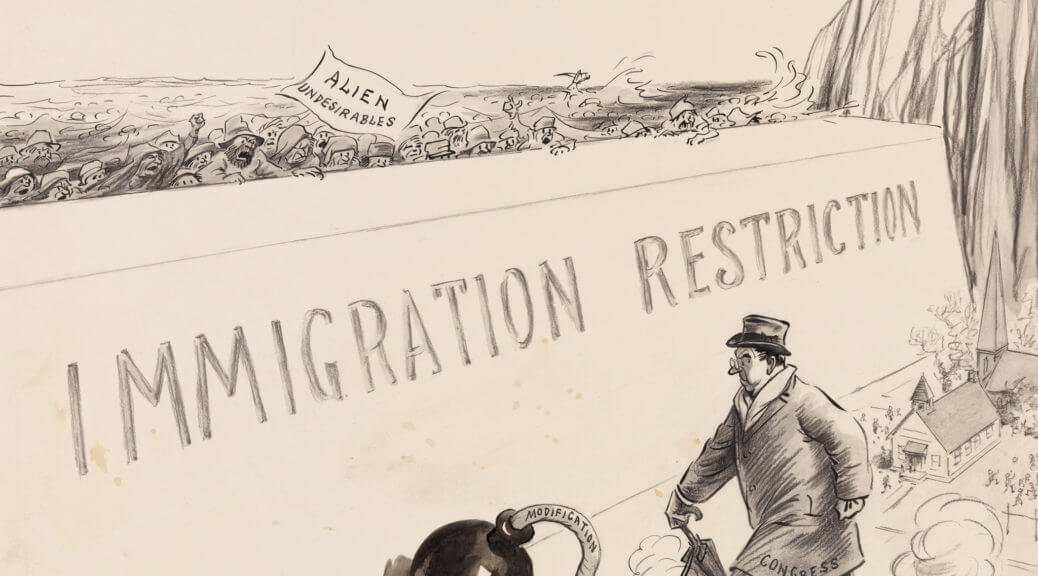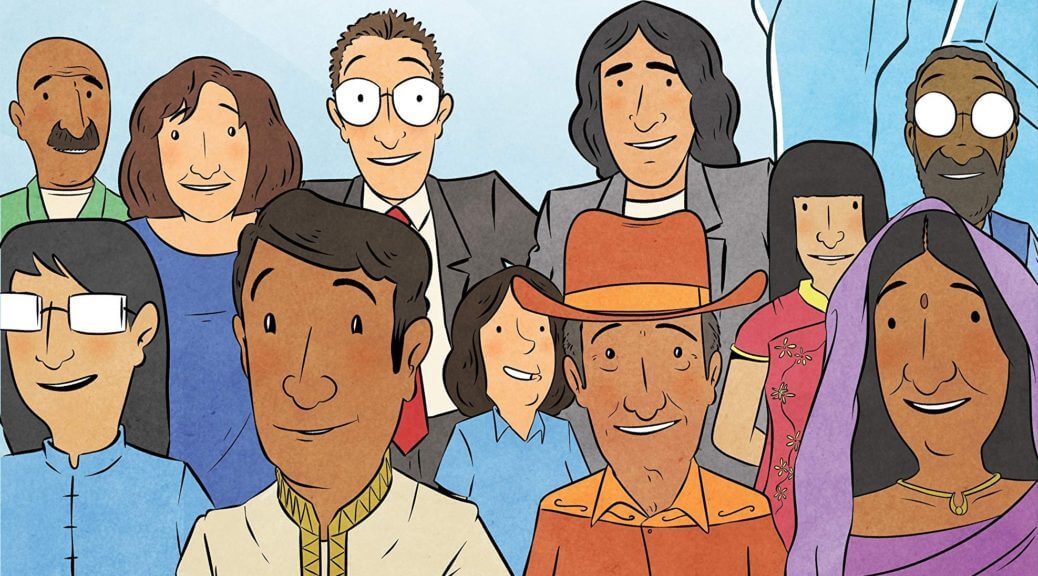
Today’s guest is Leah Boustan of Princeton University. Our discussion centers around her recent working paper, “The Effects of Immigration on the Economy: Lessons from the 1920s Border Closure.”
In the 1920s, the United States substantially reduced immigrant entry by imposing country-specific quotas. We compare local labor markets with more or less exposure to the national quotas due to differences in initial immigrant settlement. A puzzle emerges: the earnings of existing US-born workers declined after the border closure, despite the loss of immigrant labor supply. We find that more skilled US-born workers – along with unrestricted immigrants from Mexico and Canada – moved into affected urban areas, completely replacing European immigrants. By contrast, the loss of immigrant workers encouraged farmers to shift toward capital-intensive agriculture and discouraged entry from unrestricted workers.
We also discuss her broader body of work on the age of mass migration. At the peak of this era, the United States had a foreign-born population of 15%. Today, after a century of restricted immigration, the United States foreign-born population has only just returned to 15%.
It’s a fascinating discussion with special relevance to today’s debates about immigration.
Subscribe to Economics Detective Radio on iTunes, Android, or Stitcher.
The post The Age of Mass Migration and the 1920 Border Closure with Leah Boustan appeared first on The Economics Detective.


